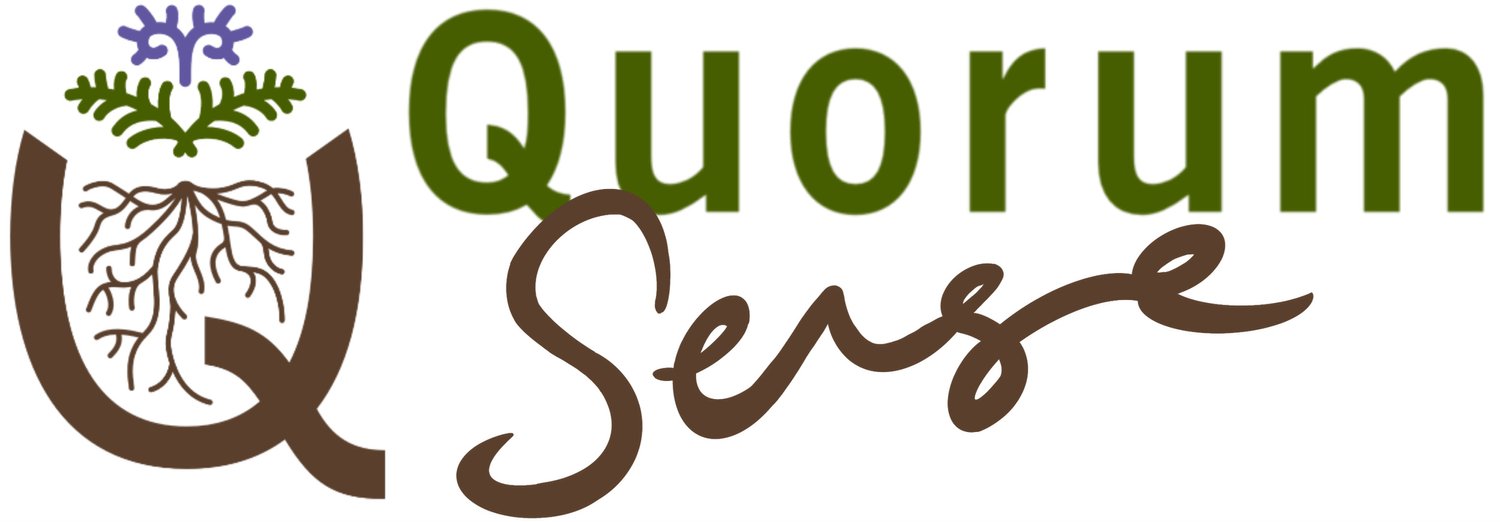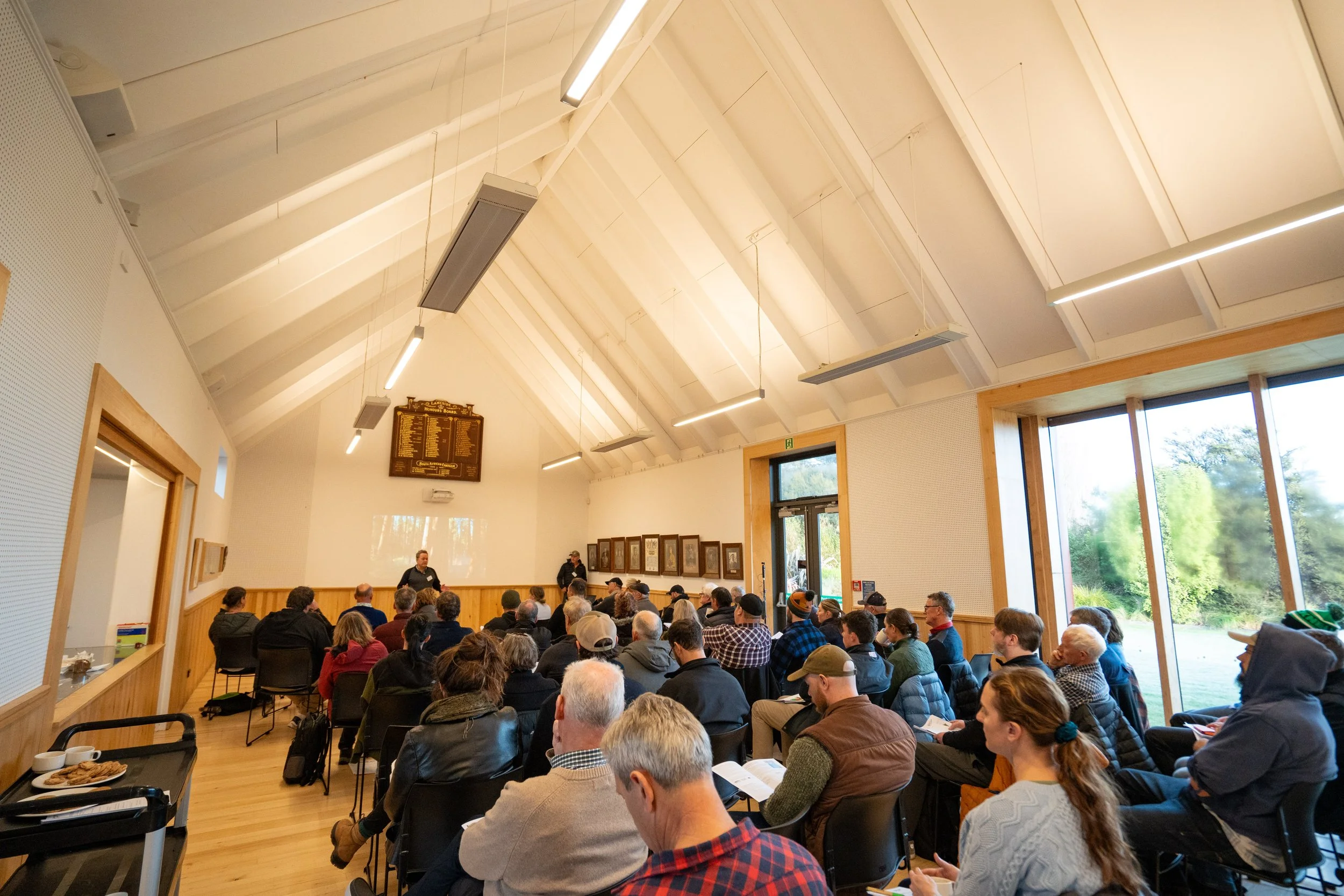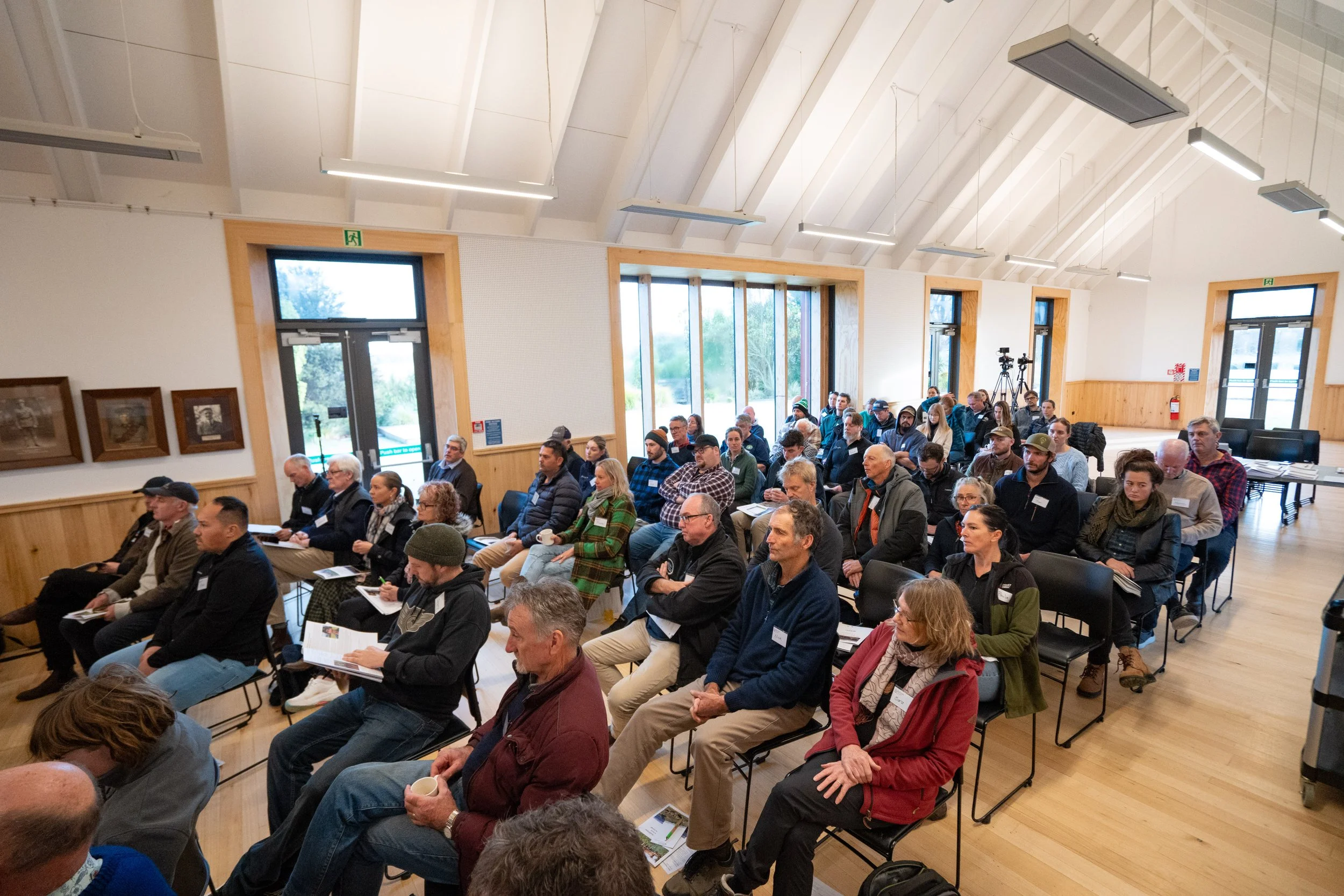
Dairy Symposium 2025
On the 24th of June, over 75 farmers, researchers and educators attended the first regen dairy symposium in Leeston. It was a lively day of presentations and discussions that received great feedback from those attending. A key contributing factor were the 22 Australians who had travelled across the ditch especially for this event and made the conversations very rich. Whilst their environmental conditions are different, the underpinning principles and practices are the same.
Topics ranged from the challenges and opportunities of transitioning to the current research into diverse pastures. Conversations continued into the evening over dinner and then onto the bus that took a smaller group to visit 6 farms over the next three days.
The 11 case studies below were developed for the Symposium.
Plans are already underway for a larger event next year in the North Island. Watch this space!
Attendee Case Studies
-

Deane Parker & Melissa Scarlett
Melissa Scarlett and Deane Parker and have been operating Melissa’s family farm at Hororata for 12 years, currently as 50/50 sharemilkers.
The farm is a self contained (excluding bought in hay and baleage) low input dairy farm with an emphasis on soil health through a focus of biological and regenerative practices.
-
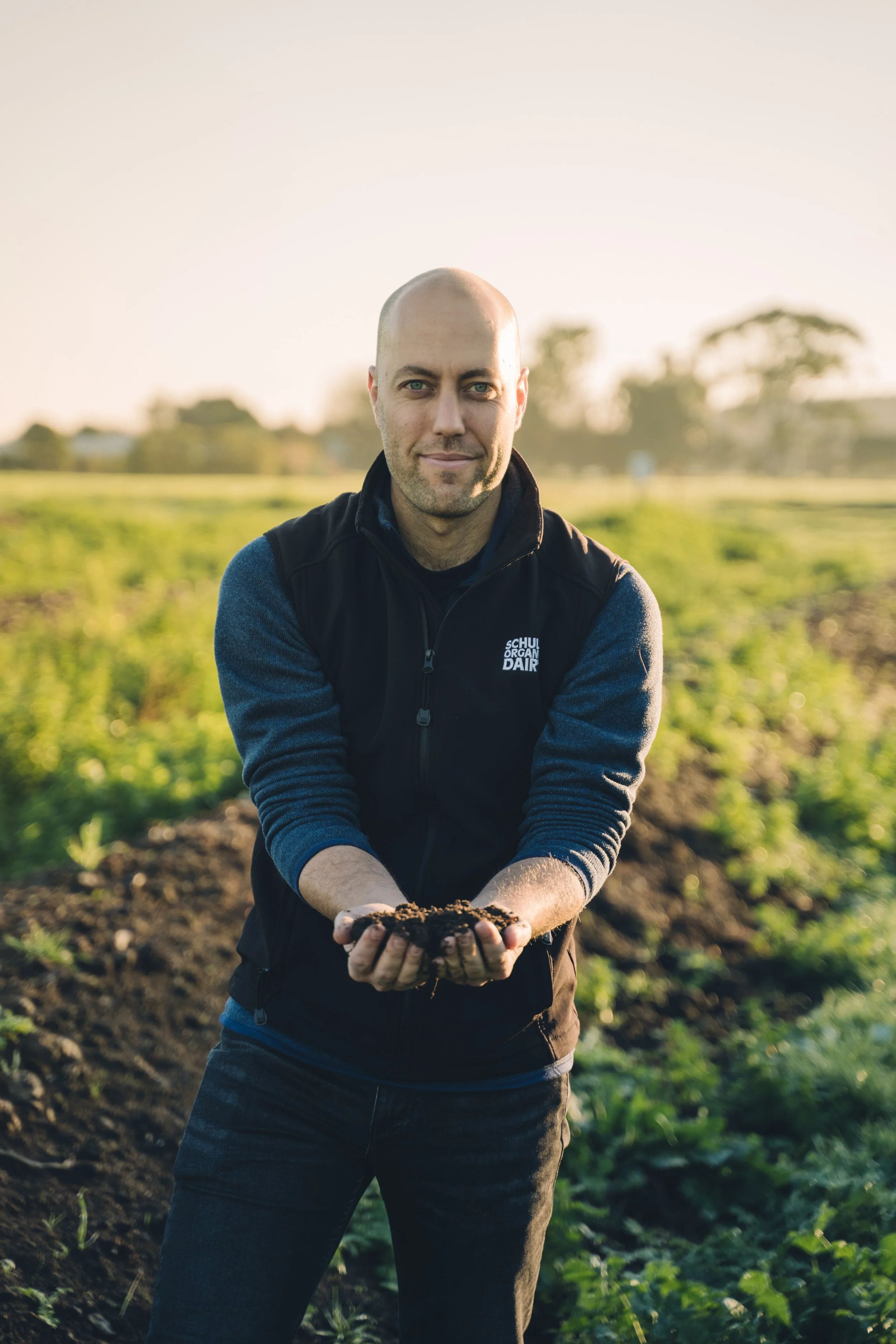
The Schulz Family
Simon Schulz is third generation on the farm which was established in 1972 (53 years). It has been organic since the very beginning with a farm cheese factory built in 1984. Simon’s focus is on strategy and strategy, not operational.
They describe their system as regenerative organic with a key focus on biodiversity in pasture species but also in shelterbelts. They have other diverse income streams from the farm.
-

Russ & Charlotte Heald
Russ and Charlotte have owned their farm since 2013. They had come to a point in their business where something had to change as they were just treading water running a conventional system.
They describe their farm as a low stress and very resilient grass based system. The thing that has most surprised them throughout their transition was just how quickly things started to turn around after making changes.
-

Pete Neaves & Kate Mirams
Peter and Kate farm on the deep alluvial floodplain soils of the Macalister River in Gippsland. The farm is irrigated (flood and spray) with 600mm average annual rainfall and approx. 40 frosts per year.
With science backgrounds and careers in dairy extension, they have strong insight into the diversity of dairy farming systems across Tas and Vic.
-
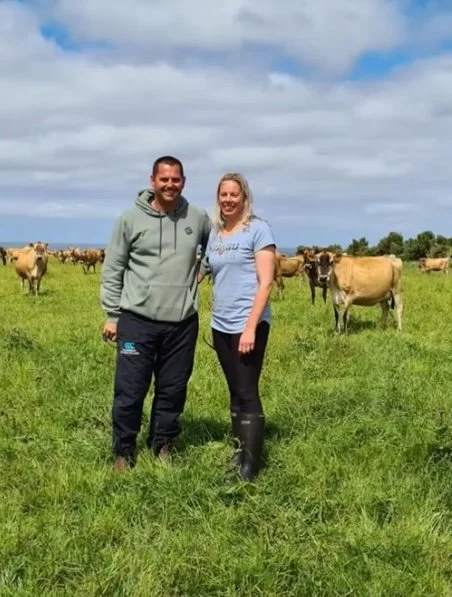
Rachel & Kenneth Short
Shortland Farm and a second under the same ownership are certified organic dairy farming entities.
The Shorts are proud to be operating a highly profitable, holistic farm that produces a high-quality specialty product while prioritising the environment, animals and people. Their mission is sustainable, profitable production of specialty milk while minimising environmental harm.
-

Simon Scott
This is a third generation family farm that has been in the family for 84 years.
It is managed as regenerative-organic. The shift to regenerative farming was driven by a wish to simplify the farming system. In comparison to the previous conventional system this is a more profitable, less complicated system.
-

John Legg
The family purchased the farm in the 1940s although had been leasing it prior to that so they have been on the farm for around 100 years.
The farm is a closed system with Andrew and John on the dairy platform, responsible for the day-to-day operations.
The Leggs were drawn to regenerative farming as it fitted with previous generations’ farming ethos, philosophies and values.
-
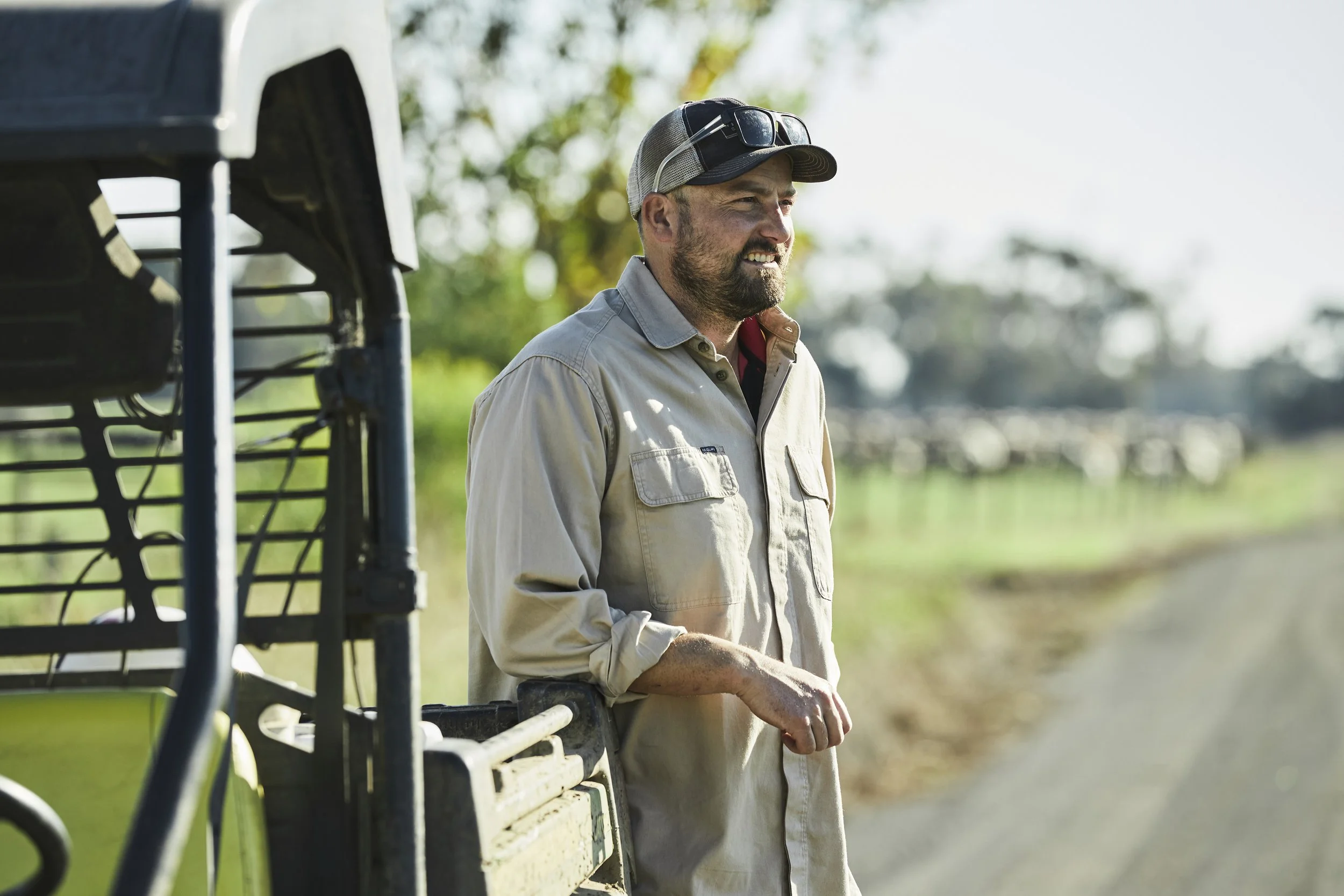
The Doolan Family
Whilst Sam and Pete are responsible for the day to day running of the farm, this is a family affair with parents Sam Senior and Carol plus wives Belinda and Bonnie also involved.
The trigger for shifting to regenerative farming was Murray Goulburn dropping the milk price 20% in 2016 plus the claw back, and then there was exposure to new educators.
-

The White Family
The Whites, farming at Sherwood Farm since 1880, run a low cost, pasture-only, self-contained, low stress, once-a-day-milking, low risk operation.
The motivation for Willie to transition to regen organic dairying was the economics. The philosophy then takes care of itself. He could see for himself and being able to envision that this was the answer to all the challenges facing the wider dairy industry, whether they be economic, environmental or social.
-

Andrew & Linda Whiting
Tomajil Farms are family owned by Andrew and Linda Whiting, self-starters in dairy. They have been farming there for 22 years.
What drew them to regenerative farming was the collapse of the conventional approach on their farm: pastures not persistent, significant re-sowing of pastures each year (approx. 30%), soil becoming compacted and increasing fert use.
-

Mark & Madeline Anderson
Mark and Madelaine transitioned to a regenerative approach over the last 5 years, focusing on key regenerative principles to move away from synthetic fertilisers and toward a more biological system.
This change was catalysed by Mark's 2011 diagnosis with an autoimmune condition. To fully embrace a holistic approach, they realised the need to simultaneously adopt all of the regenerative practices rather than implementing them separately.
-

Our Regen Dairy Resources
Find more from our curated range of podcasts, webinars and videos highlighting a range of regenerative dairy farming practices and case studies from the past 6 years.
